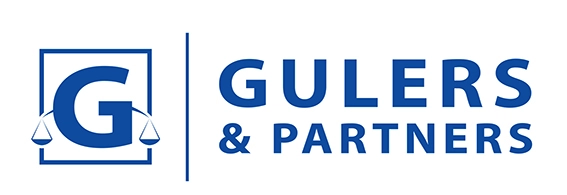MiCA (Markets In Crypto Assets) Dissected - Part 1
Contents
European Parliament has finally passed the long debated and much anticipated MiCA, the comprehensive crypto assets and markets legislation on 20.04.2023. Since MiCA is a regulation rather than a directive, it will apply directly across 27 states and achieve maximum uniformity among the EU member states.
Starting with this article, we will closely scrutinize MiCA with crisp and clear elaboration over six weeks, with an article in each week dedicated to essential aspects of MiCA.
1. What is MiCA?
The European Commission proposed MiCA in September 2020 as part of its digital finance strategy, aiming to establish consistency across the European Union ("EU"). MiCA is one of the first global comprehensive regulatory approaches to regulating crypto-assets.
As a part of the digital finance strategy package, the MiCA is accompanied by proposals for a Digital Operational Resilience Act ("DORA"), which will also cover crypto-asset service providers ("CASPs"), and a proposal for a pilot regime for market infrastructures based on the distributed ledger technology ("DLT").
MiCA standardizes offering, issuing, and listing asset-referenced tokens ("ART"), e-money tokens ("EMT"), and certain other crypto-assets, as well as requirements for crypto-asset service providers.
This signifies that if you are operating a crypto exchange platform, offering crypto-assets, listing your crypto-assets on secondary exchange platforms, or providing crypto-related services such as custodial wallet services within the European Economic Area ("EEA") or targeting the EEA market, MiCA will be your bedside book.
2. Lack of Harmonized EU Approach
MiCA was created in response to concerns that the lack of a harmonized EU framework on crypto-assets could lead to fragmented implementations, distort competition within the single market, limit the potential for cross-border growth of CASPs, and result in regulatory arbitrage.[1]
The variations in licensing, registration, anti-money laundering ("AML"), and know-your-customer ("KYC") requirements for crypto-assets across the EU member states make crypto-asset markets more vulnerable to manipulation and financial crime.
For instance, in Estonia, crypto-assets are classified as property, and trading of virtual currencies is subject to AML regulation. Whereas, in Germany, some crypto-assets may be governed by capital market regulations, AML or other legislation, and require registration.
In Luxembourg, virtual asset service providers are required to register and comply with AML regulations. On the other hand, some member states have no certain regulations whatsoever on cryptoassets. It is evident that companies utilizing crypto-assets face a lack of legal certainty regarding their treatment across the various member states of the EU.
3. Objectives of MiCA
MiCA is based on the passporting principle, allowing market participants to obtain a single license to operate across the EU. This will ensure the legal certainty and support innovation and fair competition. It prescribes transparency and disclosure requirements when issuing, offering crypto-assets to the public, and listing them on the secondary exchange platforms.
In order to ensure the stability while protecting the market, customers and investors, MiCA also outlines the rules on the authorization, organization, governance and supervision of CASPs, as well as imposes several requirements to issue, offer or list ARTs and EMTs.
For effective management and supervision, MiCA requires that all CASPs have at least one director residing within the EU and obtain authorization to operate within the EU.
The significant CASPs will be monitored by the European Securities and Markets Authority ('ESMA'), the EU's securities markets regulator, with relevant national competent authorities providing regular reports on relevant information.
Furthermore, MiCA establishes requirements for the operation, governance, and risk management of CASPs, including measures to safeguard customer funds and prevent conflicts of interest. These regulations are aimed at ensuring that CASPs operate with integrity, transparency, and accountability, and to prevent the misuse of crypto-assets for illegal purposes.
MiCA introduces specific rules to prevent insider trading and market manipulation, and it safeguards users by providing the right to compensation in case of loss due to incomplete, unfair, or unclear whitepapers, misleading information or wrong-doing by issuers.
Furthermore, MiCA takes into account the potential environmental impact of the consensus mechanisms used for the validing transactions in crypto-assets. Therefore, it requires crypto actors to disclose information on the environmental and climate impact of crypto-assets to ensure that the market operates sustainably and does not have adverse effects on the environment. MiCA also encourages the deployment of more environmentally-friendly solutions.
4. MiCA Dissected
In conclusion, EU finally passes the most comprehensive legislation directly applicable to all member states as a milestone in the regulation of the crypto industry. In the following five articles, we will explore MiCA in greater depth, including its scope, requirements for issuing, offering and listing different types of crypto-assets, authorizations and obligations of CASPs, and measures to prevent market abuse.
Footnote
1. Recital 5 of the Markets in Crypto-Assets Regulation
First published by Mondaq on April 26, 2023.
Tagged with: Fintech, MiCA, Crypto Assets, asset-referenced tokens, e-money tokens



















































 Successful
Successful